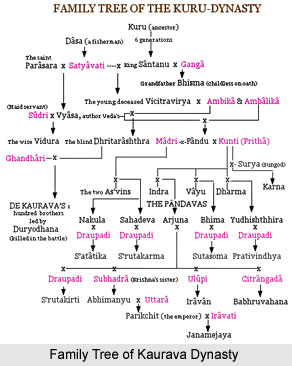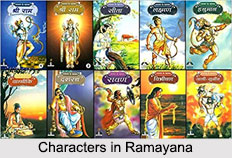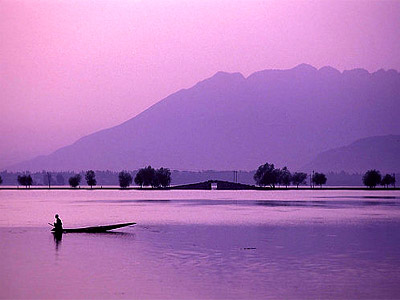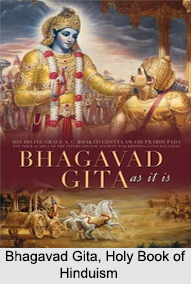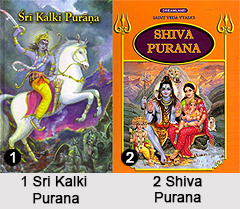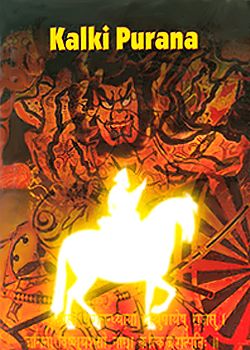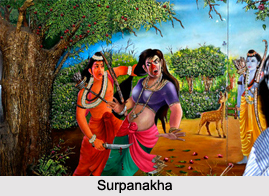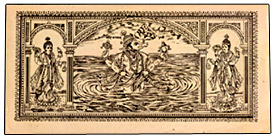 Varaha Purana is a Hindu religious text and is considered as one of the major eighteen Puranas. The work owes its title to the fact that it is related to the goddess Earth (Prthivi) by Lord Vishnu in his third incarnation as a wild boar (Varaha avatar). It tells the tale of the rescuing of the earth from Rasatal by the Varaha avatar of Lord Vishnu. Though it contains brief allusions to the creation, the genealogies, etc., it is not a Purana in the ancient sense of the word, but rather a manual of prayers and rules for the Vishnu worshippers. It has been said, if one copies down this Purana and gives it as gift along with a golden image of Garuda on the full-moon day in the month of Chaitra (April) one will attain Vishnuloka.
Varaha Purana is a Hindu religious text and is considered as one of the major eighteen Puranas. The work owes its title to the fact that it is related to the goddess Earth (Prthivi) by Lord Vishnu in his third incarnation as a wild boar (Varaha avatar). It tells the tale of the rescuing of the earth from Rasatal by the Varaha avatar of Lord Vishnu. Though it contains brief allusions to the creation, the genealogies, etc., it is not a Purana in the ancient sense of the word, but rather a manual of prayers and rules for the Vishnu worshippers. It has been said, if one copies down this Purana and gives it as gift along with a golden image of Garuda on the full-moon day in the month of Chaitra (April) one will attain Vishnuloka.
Content of Varaha Purana
The book of Varaha Purana has been compiled with 24,000 verses in it. The chief subject of the Varaha Purana is the rescue of the world from Rasatal. The Varaha Purana in essence depicts the sinful mortal existence of man in Kali Yug, which led the god-created earth to Rasatal. The human beings, due to their sins, have to suffer inevitable and inescapable atonement. The verses of the Varaha Purana, depicting the significance of vratas lead the mortals to perform hard penitence, to get rid of their agonized existence in the Kali Yug.
In its mode of discussion the Varaha Purana also discusses some other topics with detailed illustration. The theme with which the Varaha Purana deals with is holy places and mantras. The mystical stories about Mother Earth are also the subject of Varaha Purana. It states that the Mother earth prayed to Mahavishnu and that prayer took the form of a goddess. The Varaha Purana deals with the different vratas to be performed in order to glorify or eulogize Lord Vishnu. It is also said that the performance of these sacred rites or vratas will lead an individual to attain Vishnuloka.
In spite of the Vishnuite character of the work, it yet contains a few legends relating to Lord Shiva and Goddess Durga. Several chapters are devoted to the Mothers and the female deities (Chapters 90-95). There is also found here the story of the birth of Lord Ganesha followed by a Ganesha Stotra. Furthermore, it deals with Shraddhs (Chapter 13), Prayachittas (Chapter 119), the erection of images of the gods (Chapter 181), etc. A considerable section (Chapters152-368) is nothing but a Mathura Mahatmya, a glorification of the sacred city which is Lord Krishna`s birthplace. Another considerable section (Chapters 193-212) tells the legend of Naciketas, but the narrator is more concerned with the description of heaven and hell than with the philosophical ideas contained in the ancient poem in the Katha Upanishad.
Thus discussed is the Varaha Purana, the Purana dealing with the Varaha avatar of Lord Vishnu.













